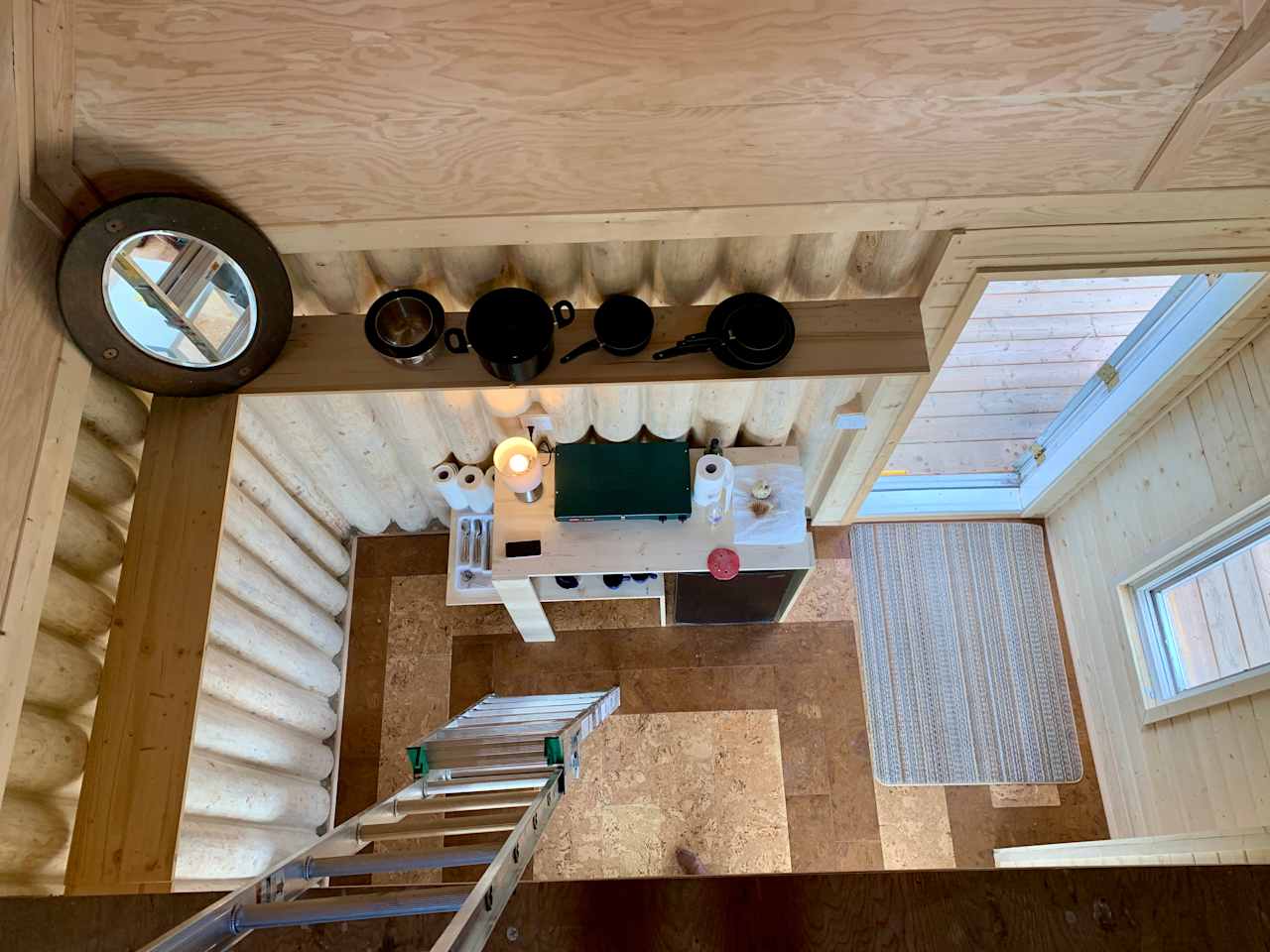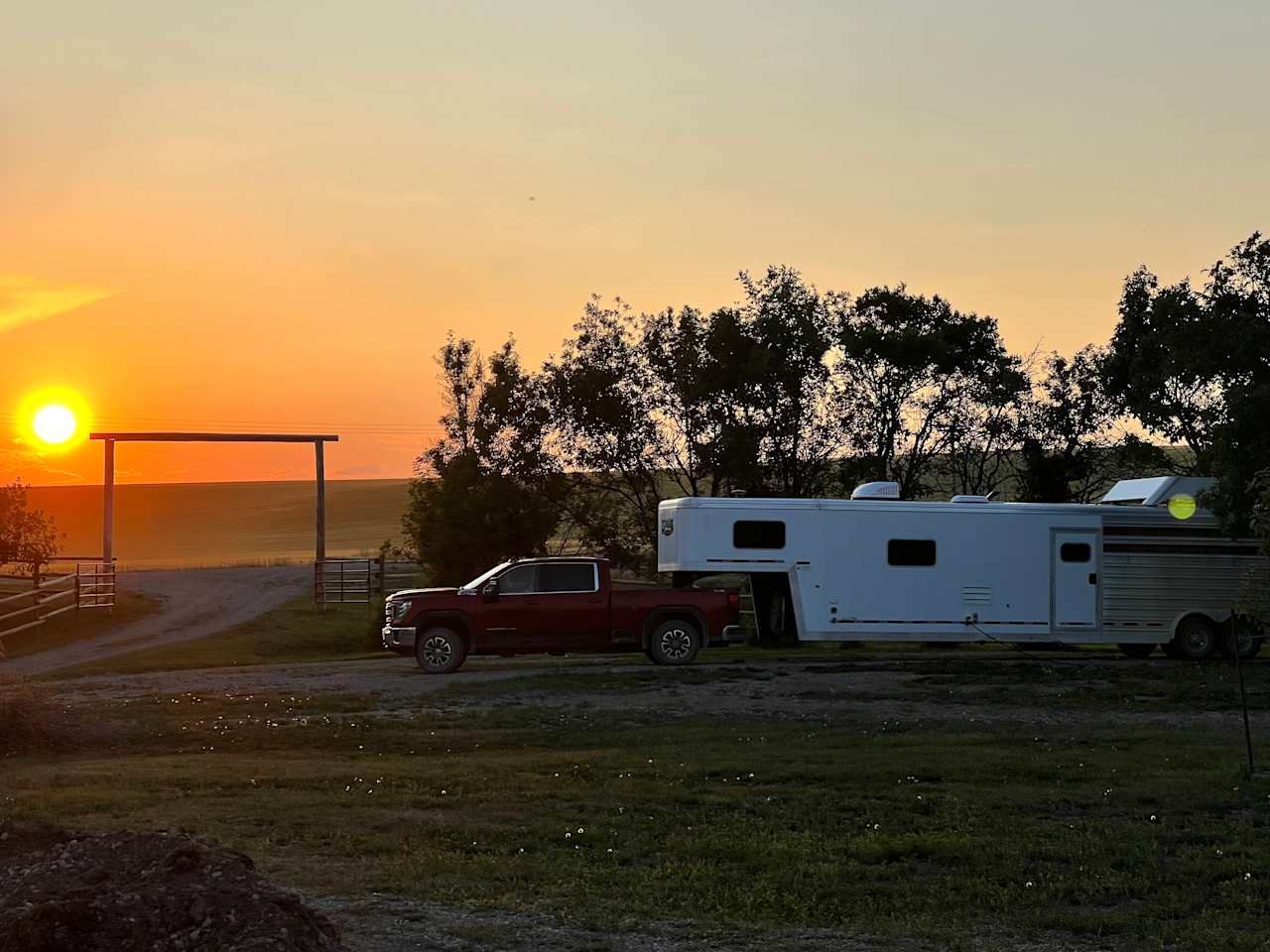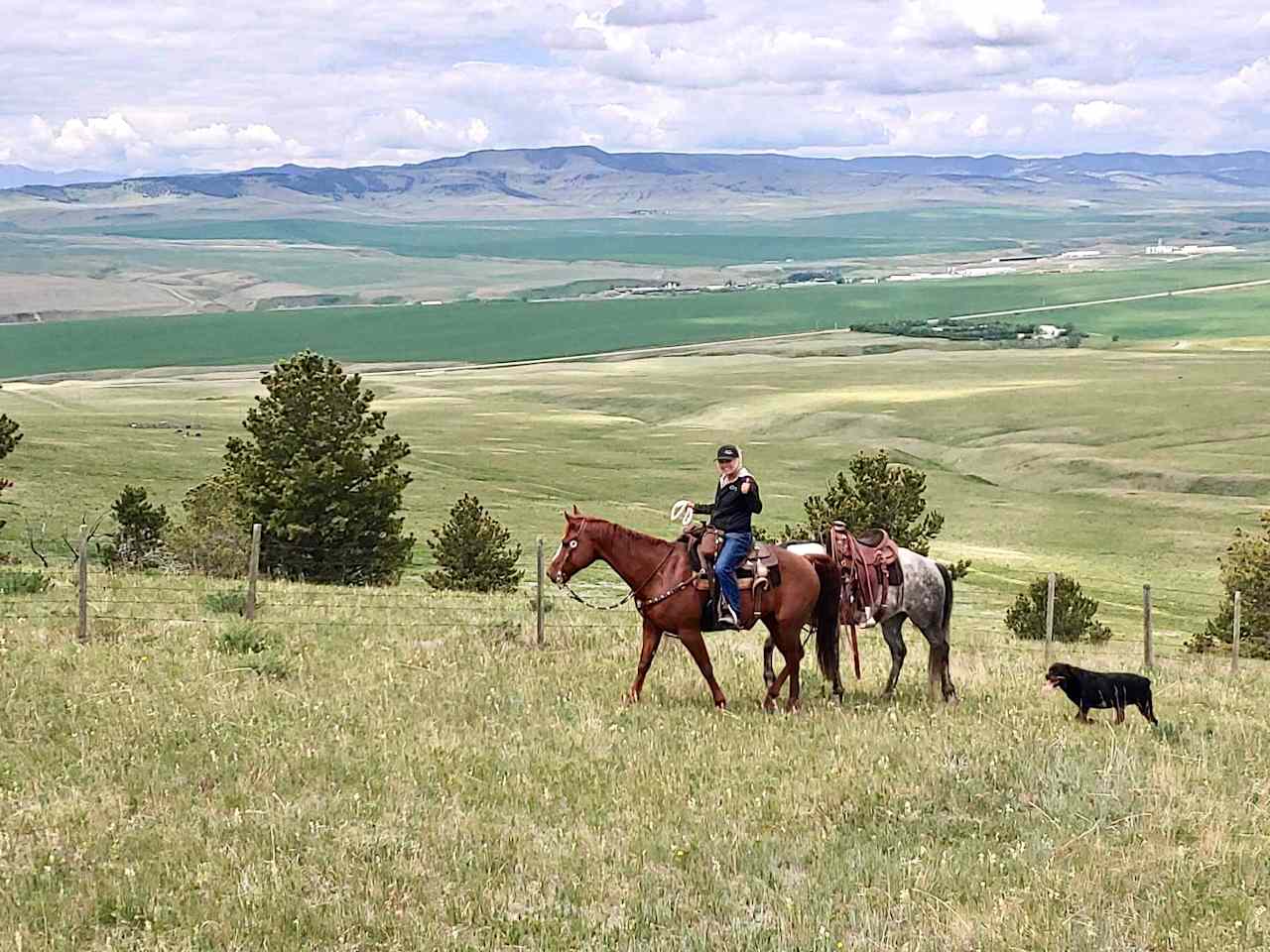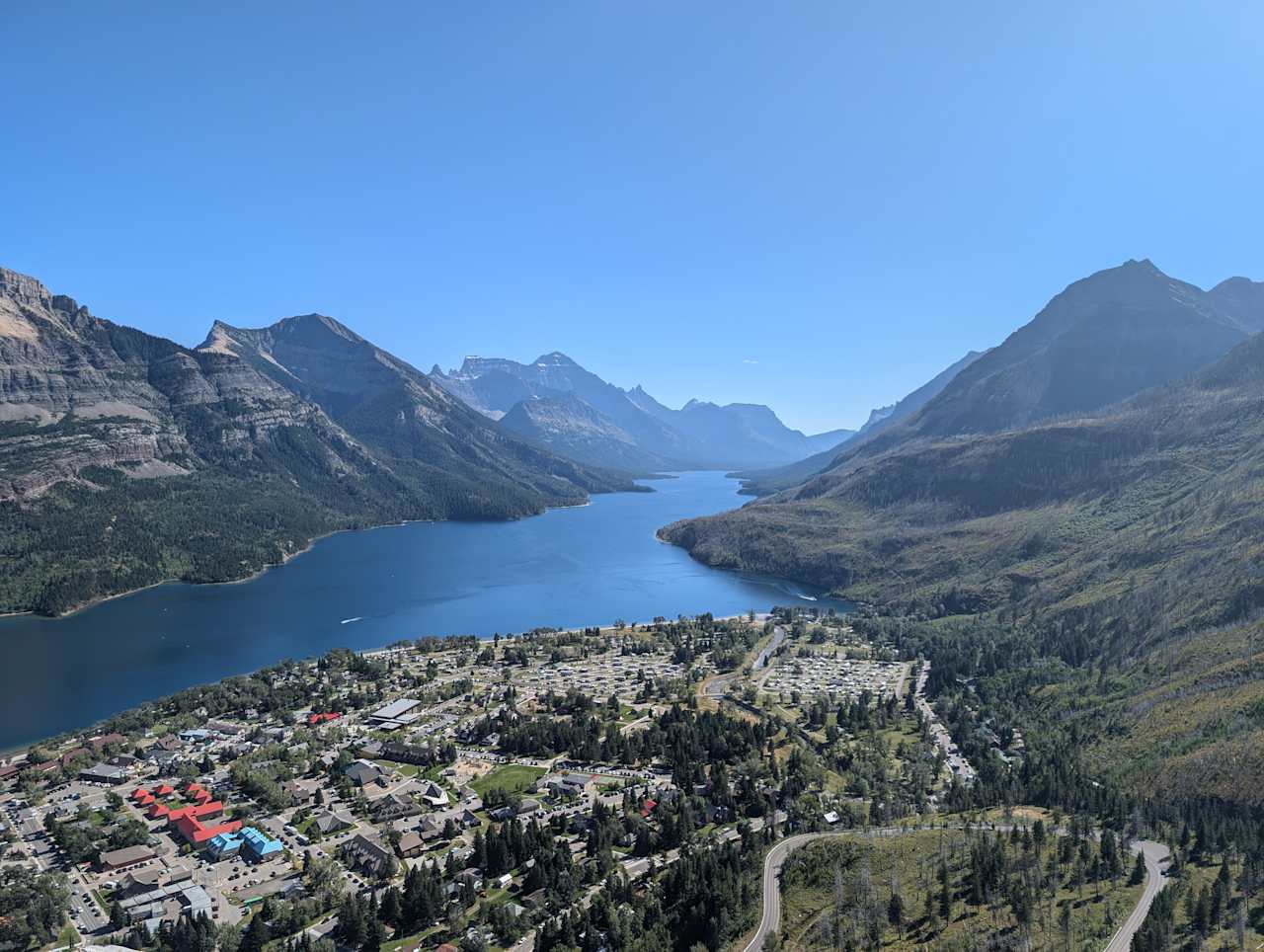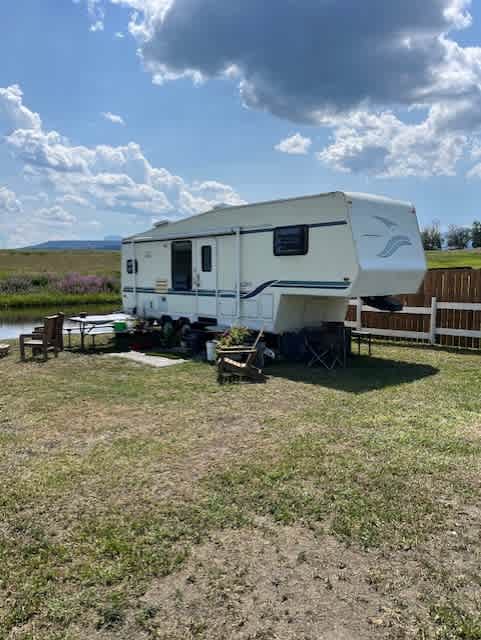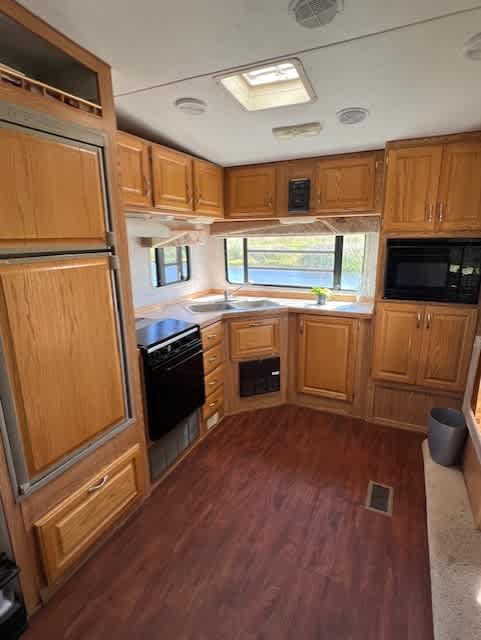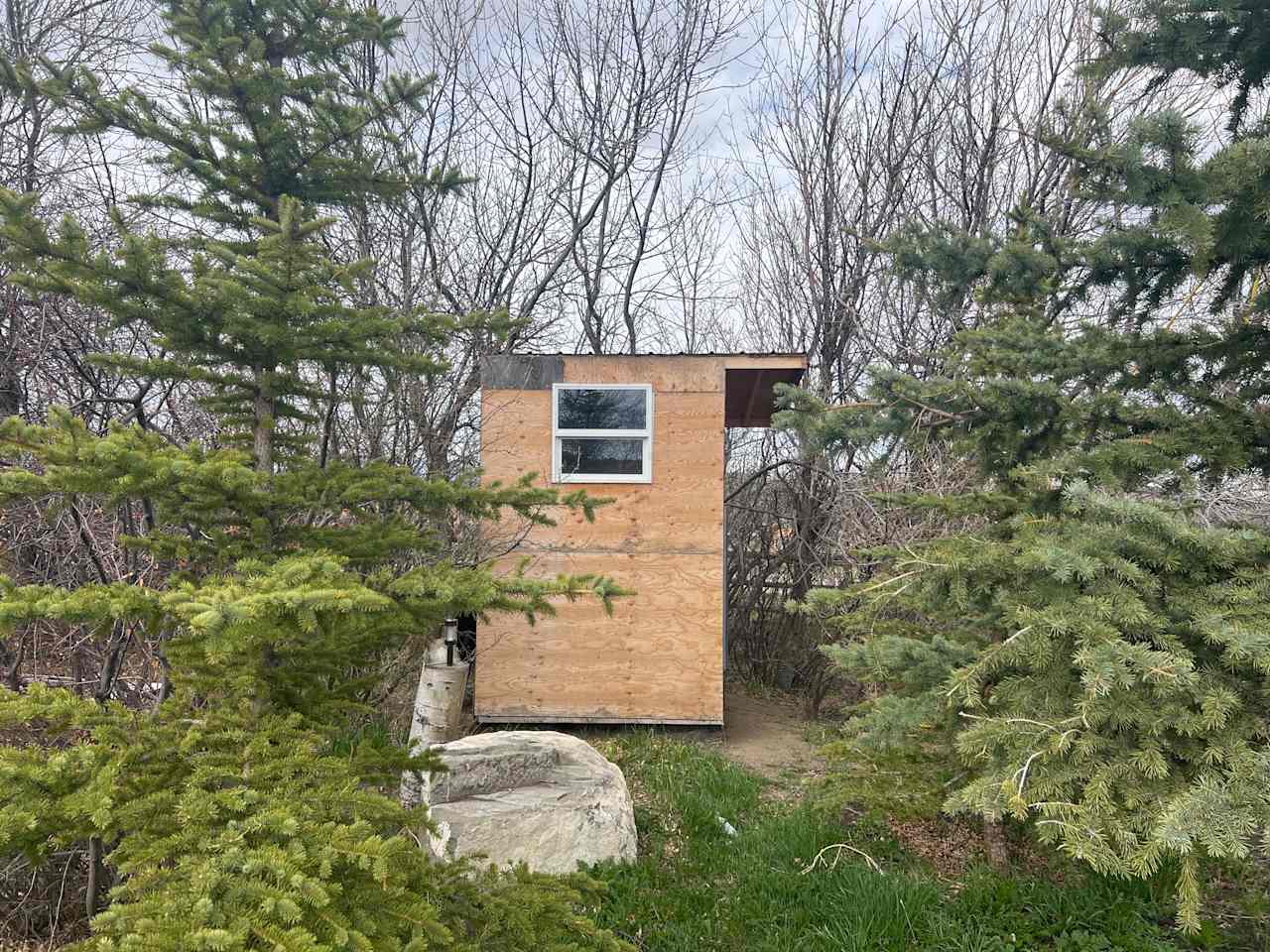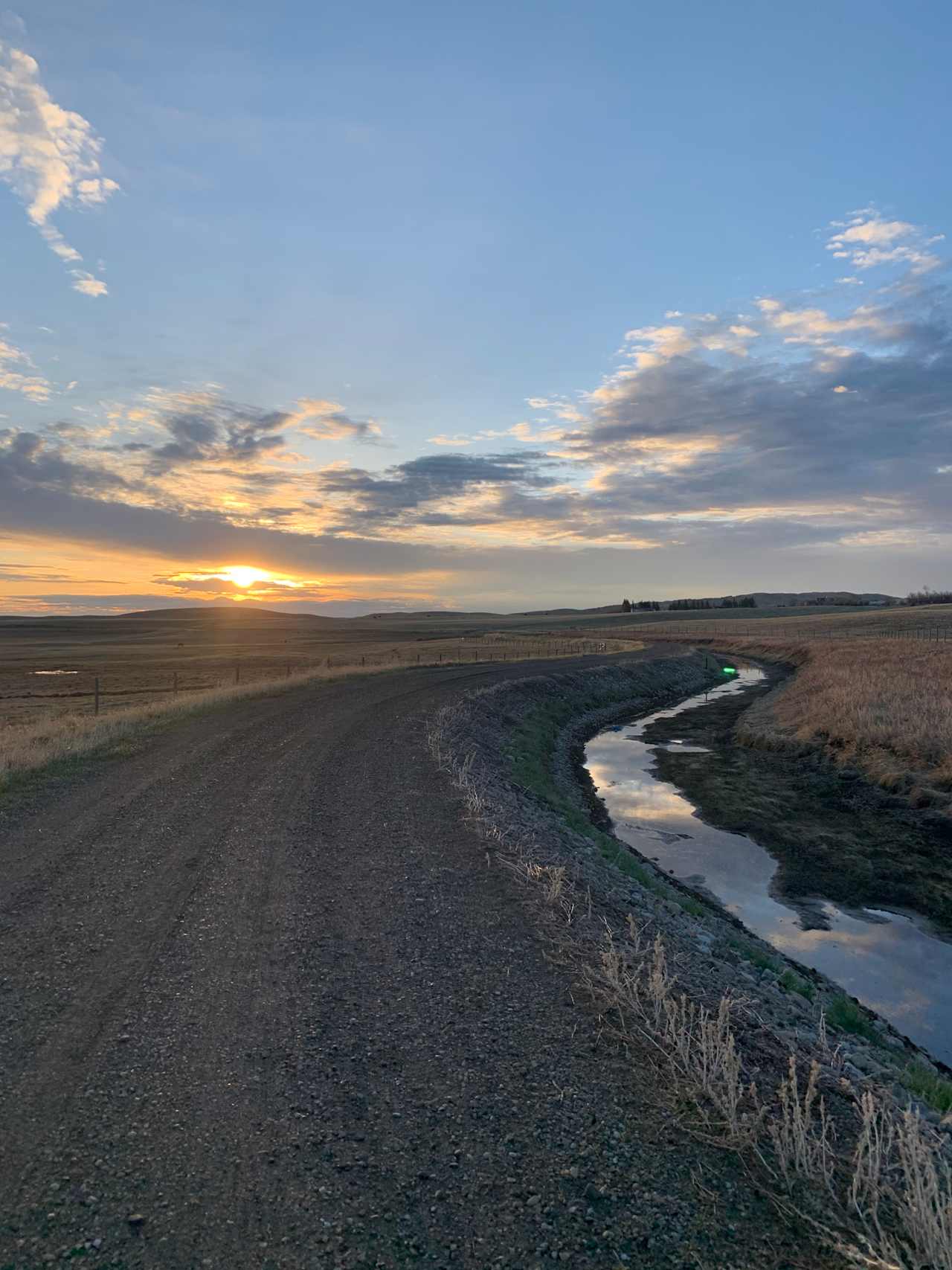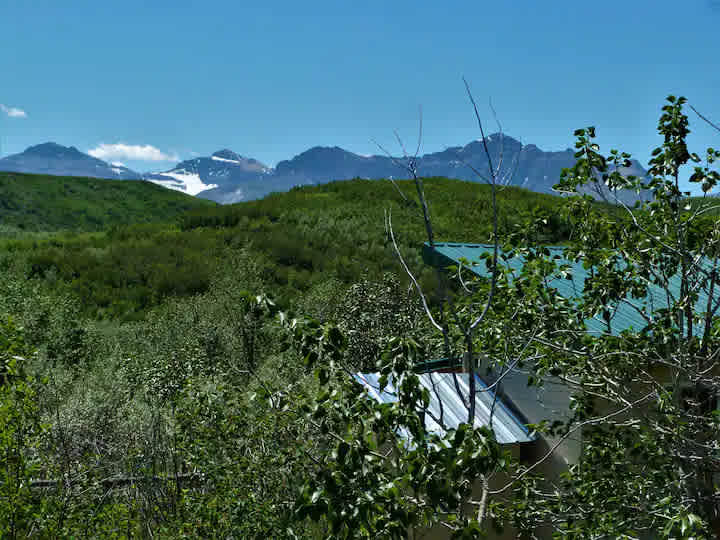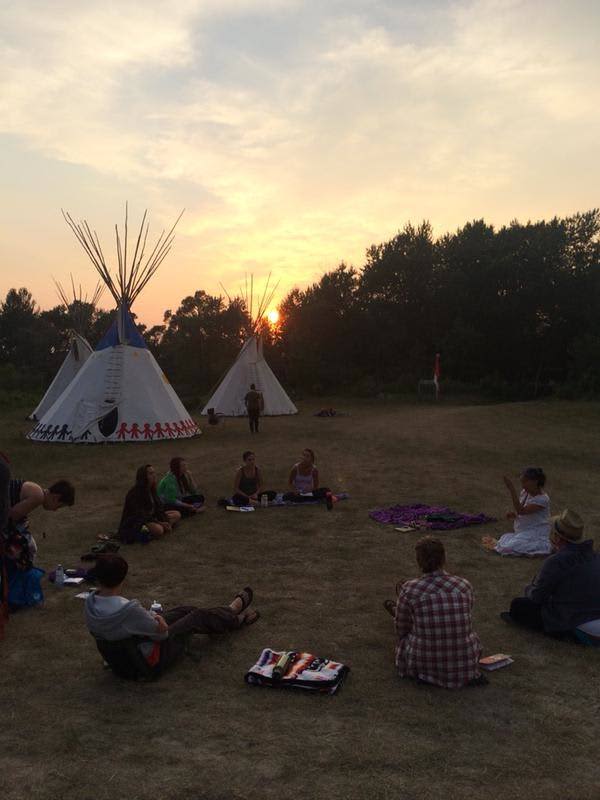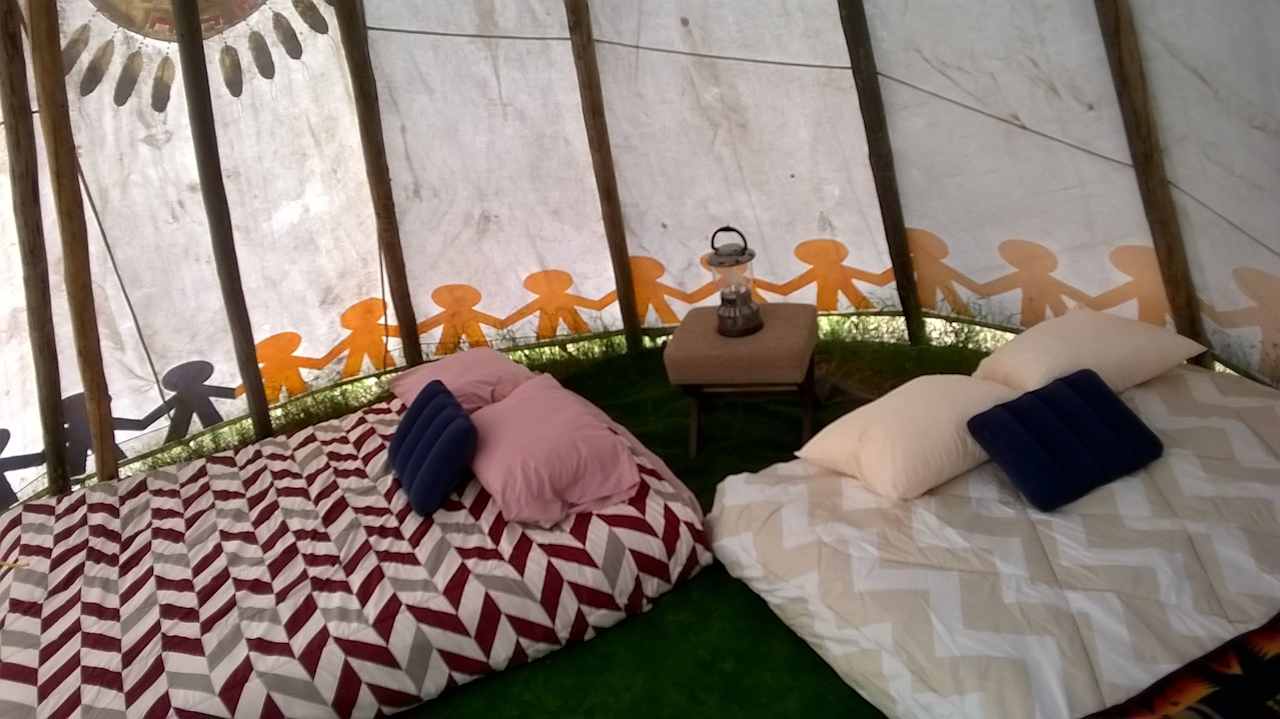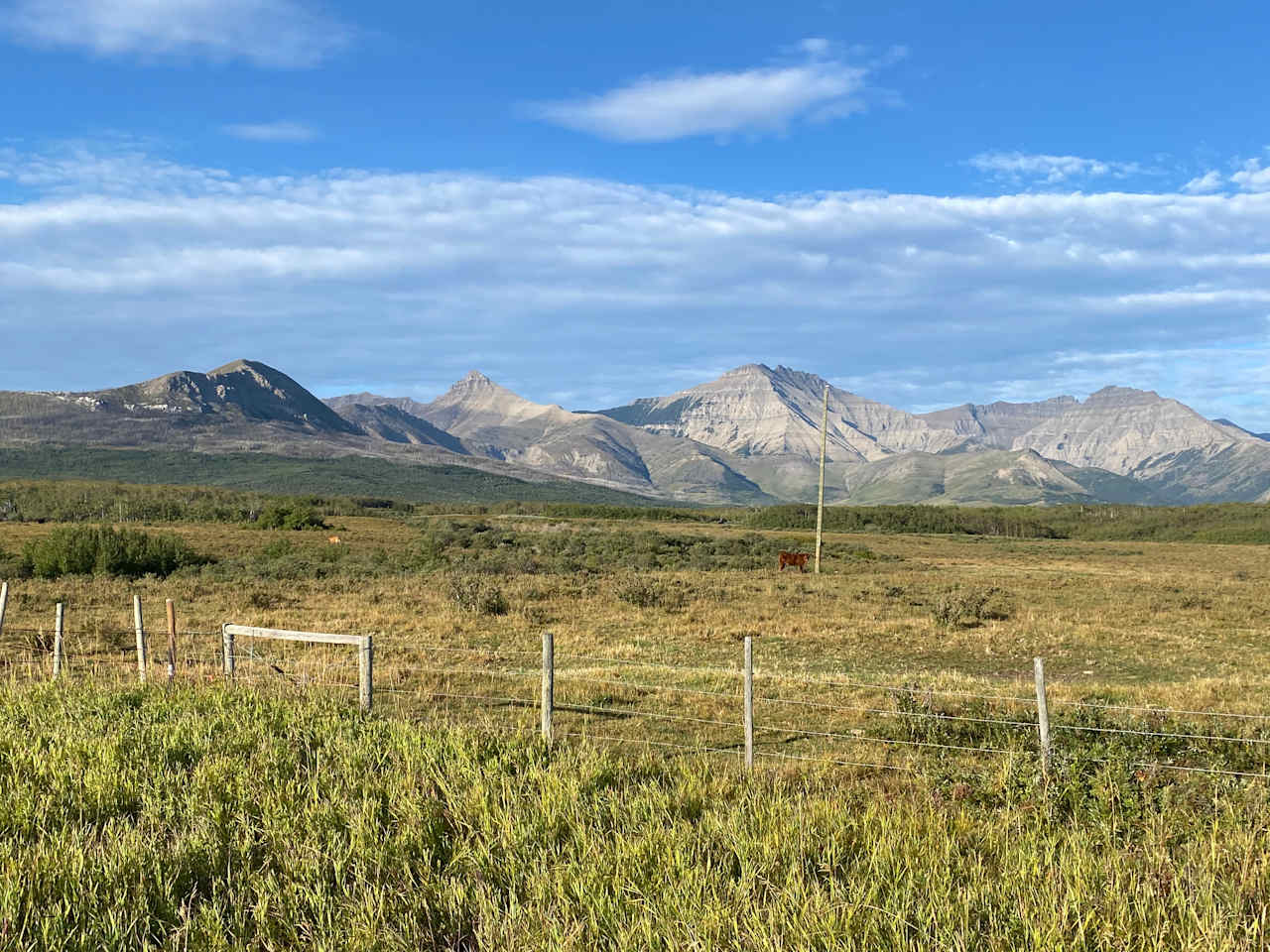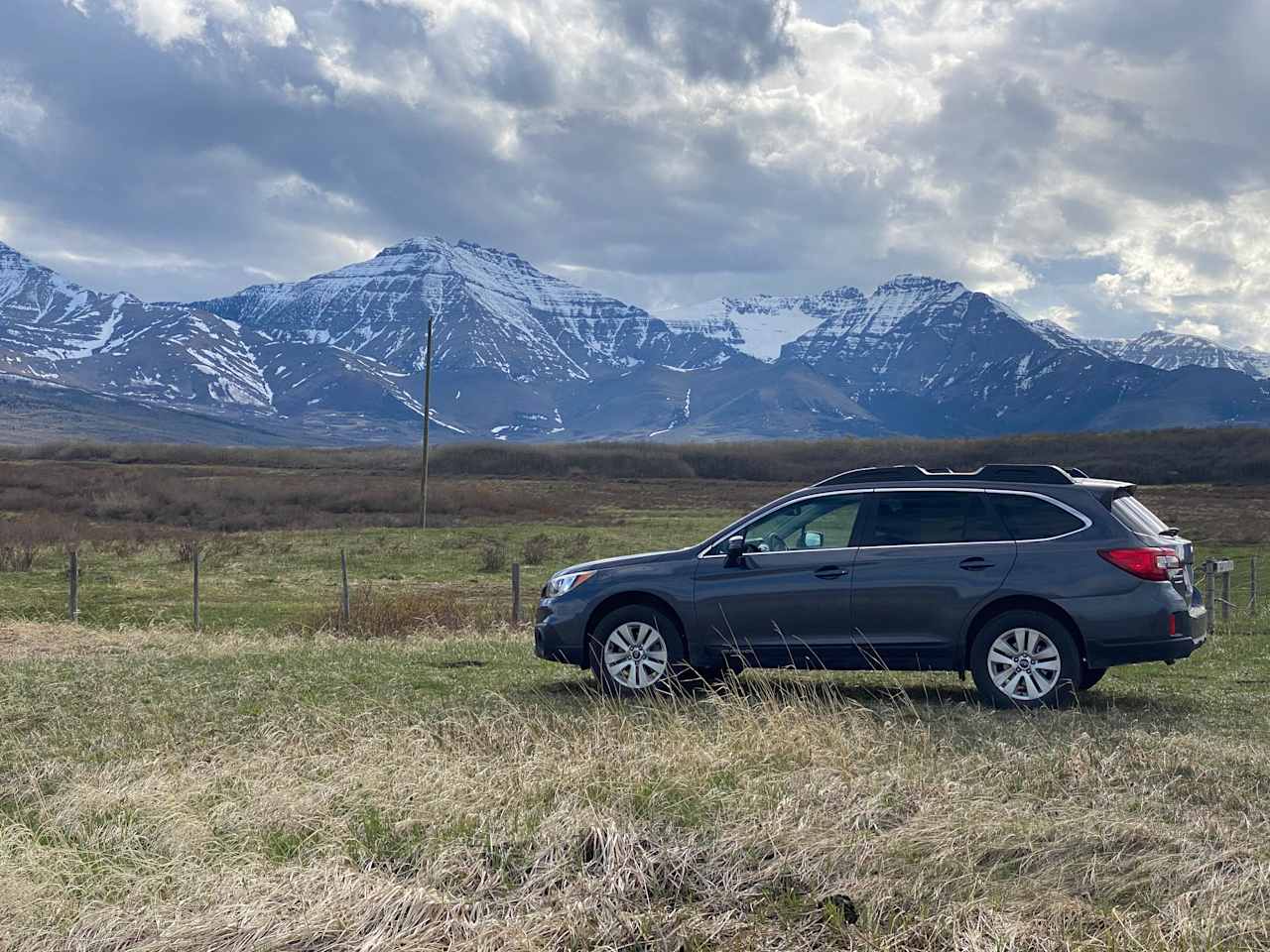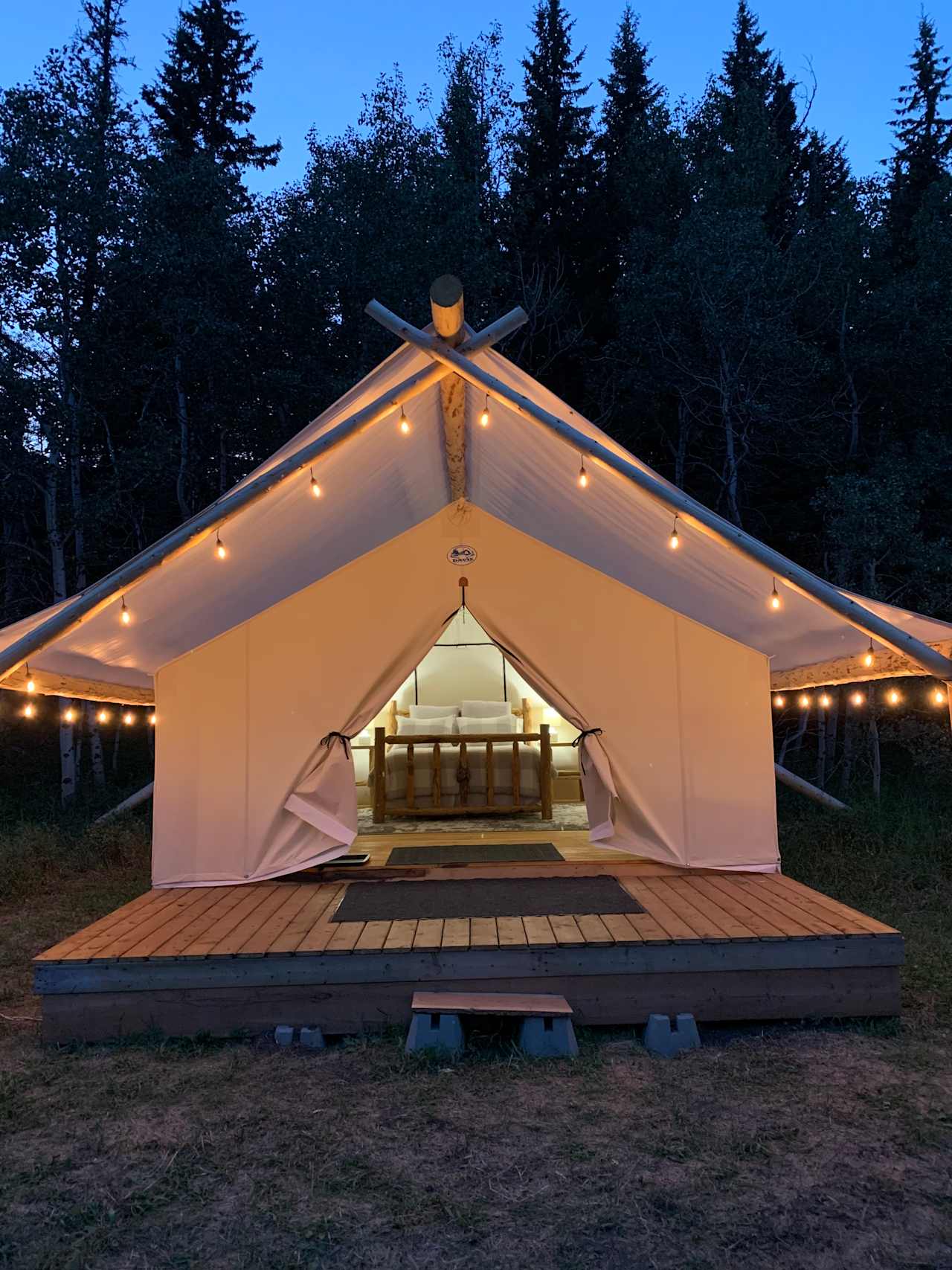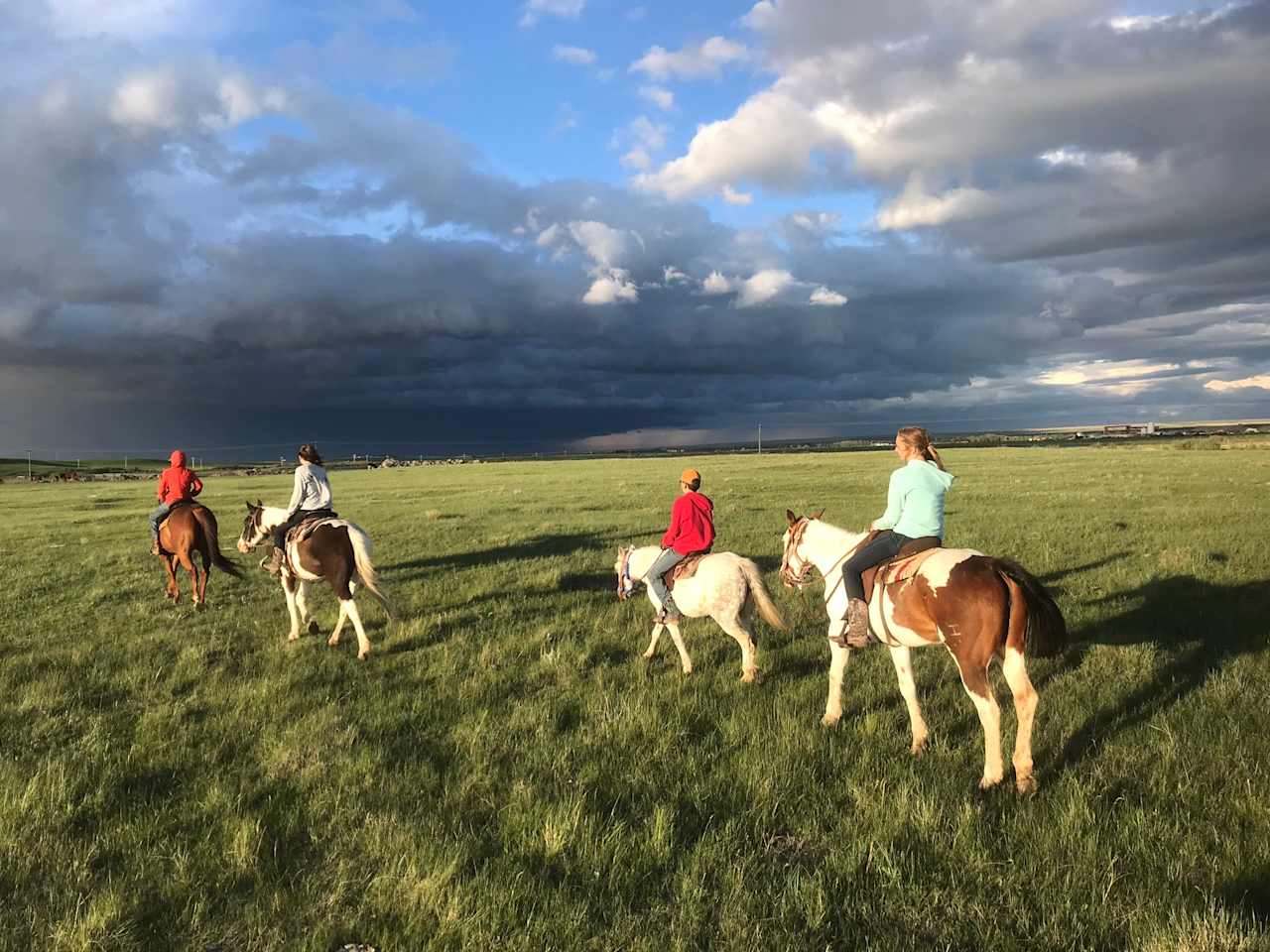The best camping near Waterton Lakes National Park
Discover the most magical spots to pitch your tent or park your rig on your next Waterton Lakes National Park adventure.
One of Alberta’s most biodiverse spots is also home to the deepest lake in the Canadian Rockies.
Popular ways to camp
Community favorites near Waterton Lakes National Park
Top-rated campgrounds reviewed by the Hipcamp community.
Top-rated campgrounds near Waterton Lakes National Park
The best camping near Waterton Lakes National Park guide
Overview
About
To see a rainbow arc across Waterton Lakes after a late afternoon thunderstorm is to witness national park perfection. With red rock canyons, prairie wildflowers, and even a grizzly bear from afar, Waterton Lakes is a park of surprises. Established in 1932 as the first International Peace Park along with its U.S. neighbour Glacier National Park in Montana, Waterton Lakes is only separated from the U.S. park by the international border. Skywatchers and photographers take note: Waterton is an officially designated Dark Sky Park due to its remote location, far from sources of light pollution. Another interesting tidbit: the town’s layout and architecture must conform to either Swiss village or English Tudor (the Prince of Wales Hotel) design guidelines. Boat tours, golf, high tea at the Prince of Wales Hotel, and cycling are all popular, while frontcountry and backcountry camping are available.
Notable campgrounds
- Best for families: The frontcountry Waterton Townsite Campground has most campground amenities, including showers, and excellent access to reliable wind for kiteboarding and windsurfing (winter-weight neoprene wetsuits are required).
- Best for backcountry bliss: Only 24 vehicles are allowed at the “unimproved” Belly Creek Campground, and all water must be taken in advance.
- Best for wild nature: Of the 10 backcountry sites, Twin Lakes and Lone Lakes are some of the most remote.
Tips for snagging a campsite
- Parks Canada opens campground reservations for the Waterton Townsite Campground in early January, both online and by phone. They’re available for dates between May and mid-October, and reserving a site in advance is highly encouraged to guarantee your spot. Canadian holiday weekends can be crowded, though not nearly as much as in Banff or Jasper.
- Campsite permits and reservations are required for all campsites and can be picked up at the Waterton Lakes Visitor Centre.
When to go
Waterton is often visited in conjunction with Glacier National Park in Montana and busiest in July and August, when subalpine wildflowers are in bloom. Since the Waterton townsite is located within the park, it’s open year-round with even a winter campground for hardy campers. High alpine trails are often snow-covered until mid-July, but lower elevation trails are suitable for skiing and snowshoeing in winter when the park is at its quietest. Late spring is a great time to see waterfalls, and autumn brings elk herds down from the high country. Regardless of the month, Waterton is a windy place. Temperature and air pressure differences between high alpine summits and prairies to the east can send winds roaring.
Know before you go
- Proof of citizenship ID is required for everyone crossing the international border into Canada.
- All overnight visitors must purchase and display an annual park pass.
- Watch for wildlife along all sections of the park roads, especially at night. Have bear spray and know how to use it.
- Permitted backcountry camping is allowed in designated areas.
- Camping is only allowed at designated sites, and fires are only allowed in some areas.
- All food and toiletries must be used in designated areas and stored in wildlife-proof lockers. Pack out all food and garbage.
- Cell service and wifi are unreliable in most of the backcountry.
- Waterton Lakes National Park
